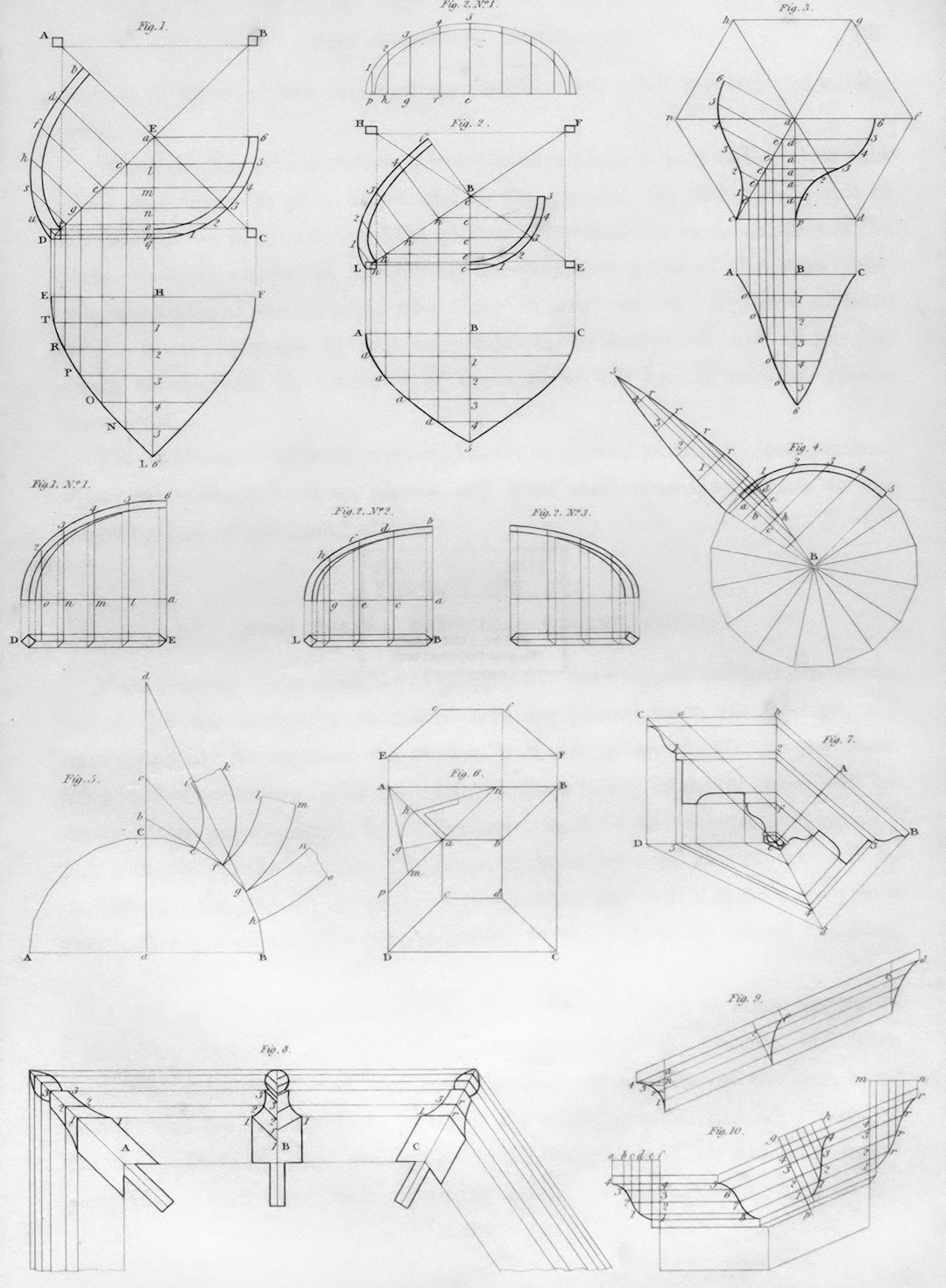In today’s fast-paced and increasingly competitive product development landscape, design and engineering teams are under pressure to deliver innovative solutions more efficiently than ever. One of the most effective ways to achieve this is by adopting and monitoring key performance indicators (KPIs) that provide meaningful insights into practice efficiency, quality, and timeline adherence. Among the most critical KPIs in engineering and design projects are Throughput, Rework Rate, and On-Time Delivery. These metrics not only help assess performance but also offer a pathway for strategic improvements across the lifecycle of product development.
What Are KPIs and Why Do They Matter in Design and Engineering?
KPIs—short for Key Performance Indicators—are measurable values that demonstrate how effectively a team or process is achieving objectives. In the context of engineering and design, KPIs serve as quantifiable guides for decision-making, resource allocation, and continuous improvement. They provide visibility into processes, allowing teams to pinpoint bottlenecks, inefficiencies, and areas ripe for innovation.
But choosing the right KPIs is essential. Too many metrics can overwhelm and distract focus, while poorly defined KPIs can convey misleading information. Throughput, Rework Rate, and On-Time Delivery offer a powerful trio of metrics that strike a balance between productivity, quality, and reliability.
1. Throughput – How Much Work is Getting Done?
Throughput is a measure of how much work a design or engineering team completes in a given time period. Unlike simple task lists or project plans, throughput captures the actual output—such as completed design modules, released CAD files, approved drawings, or tested prototypes—over time. This KPI helps to assess the capacity and velocity of the team.
A steady or rising throughput indicates consistent productivity. A drop, on the other hand, might signal process delays, resource shortages, or other inefficiencies. Frequently used in Agile environments, this metric can be measured per sprint, week, or month, depending on the workflow.
- How to measure: Count the number of completed work items within a specified timeframe.
- Why it matters: Helps evaluate team performance and forecast delivery timelines.
- What to watch out for: High throughput paired with high rework might indicate rushed or low-quality outputs.

2. Rework Rate – A Window into Design Quality
Rework Rate refers to the percentage of design or engineering work that must be redone due to errors, omissions, or changing requirements. This KPI is critical because it reflects not only the quality of work being produced but also how effectively communication, requirements gathering, and cross-functional integration are being managed.
At its core, a high rework rate indicates inefficiency—it means teams are spending valuable time redoing tasks instead of progressing. In industries where margins are thin or timelines tight, high rework rates can become financially and operationally disastrous. Conversely, a low rework rate suggests tight processes, strong collaboration, and high design maturity.
- How to measure: Divide the number of tasks or hours spent on rework by the total work completed.
- Why it matters: Detects scope creep, design ambiguities, or knowledge transfer issues early on.
- What to monitor: Are reworks caused by internal errors, external changes, or miscommunications?
Rework isn’t always bad—it can be a sign that innovation is happening. However, frequent rework due to preventable reasons such as incorrect assumptions, missed requirements, or inadequate testing points to systemic issues that must be addressed.

3. On-Time Delivery – Are We Meeting Our Commitments?
Perhaps one of the most visible and impactful KPIs is On-Time Delivery (OTD). This metric tracks whether design or engineering outputs are delivered by their promised deadlines. Whether it’s a prototype for testing, final specs for manufacturing, or software for integration, delivering on time is crucial not only for client satisfaction but also for aligning with downstream operations such as manufacturing, procurement, and marketing.
On-Time Delivery is a direct reflection of how well project plans are created and adhered to. It brings together resource planning, throughput, and design maturity into a single indicator that can impact the entire organization’s ability to scale.
- How to measure: Divide the number of on-time deliveries by the total number of scheduled deliveries in a certain period.
- Why it matters: A late design can create a domino effect on production schedules and revenue timelines.
- Potential triggers for delays: Scope changes, approval lags, skill shortages, or tool performance issues.
Monitoring this KPI across multiple sprints, projects, or departments allows leaders to identify recurring patterns and adopt risk-mitigation strategies—such as investing in better planning tools, improving cross-functional communication, or even re-evaluating project scopes before committing.
How These KPIs Work Together
While each of these KPIs provides valuable information on its own, their true power lies in the insights they provide when examined together. For example:
- High Throughput + Low Rework + High On-Time Delivery: Indicates an efficient, high-performing team.
- Low Throughput + High Rework: Suggests that a lot of work is being redone, which is consuming time and resources.
- High Throughput + High Rework + Low OTD: Points to quantity over quality and a lack of planning or oversight.
By correlating these metrics, design and engineering managers can make more informed decisions regarding process improvements, staffing changes, training needs, and strategic initiatives.
Tools and Best Practices for KPI Tracking
Tracking KPIs effectively relies on having the right tools and methodologies in place. Many engineering teams leverage platforms like Jira, Confluence, or PLM (Product Lifecycle Management) software to track progress and performance. Others might use dashboards built with Power BI, Tableau, or even custom scripts to integrate data from various tools.
Best Practices for KPI Tracking:
- Standardize Definitions: Ensure that all team members understand what each KPI means and how it is measured.
- Automate Data Collection: Use tools that pull data directly from active work systems to reduce manual effort.
- Review Regularly: KPIs should be reviewed in stand-ups, retrospectives, or monthly reviews to keep teams aligned.
- Act on Insights: It’s not just about collecting data—use it to drive adjustments and improvements actively.
Continuous evaluation and adaptation based on KPI data can turn incremental improvements into exponential gains over time.
Conclusion
Design and engineering are as much about process as they are about creativity and innovation. KPIs such as Throughput, Rework Rate, and On-Time Delivery provide essential visibility into how well processes are functioning, where improvements are needed, and how teams can become more agile, efficient, and reliable. When tracked and utilized correctly, these KPIs unlock the potential to align engineering efforts with broader business goals, minimize waste, and consistently deliver high-quality solutions.
So the next time you’re reflecting on your design process or planning your next sprint, consider these three KPIs. They might just be the compass that guides your team from good to great.
I’m Sophia, a front-end developer with a passion for JavaScript frameworks. I enjoy sharing tips and tricks for modern web development.
